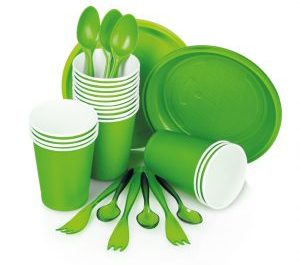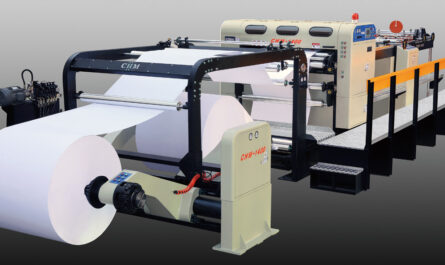The fast moving consumer goods (FMCG) sector has witnessed significant transformation over the past few decades. One of the notable trends that has emerged is the rise of sachet packaging for various products ranging from personal care to food and beverages. Sachet packaging refers to small-volume single-use or trial-size plastic or paper pouches containing powder, liquid or semi-solid consumer products.
Early Adoption and Growth
Sachet packaging was initially adopted in developing as it allowed consumers with low disposable incomes to purchase affordable trial sizes of consumer goods. Procter & Gamble was among the early pioneers promoting sachet packaging for detergents like Tide and Ariel in India and Africa in the 1980s and 1990s. Other FMCG majors soon followed suit with shampoos, soaps, toothpastes and food items packaged in sachets. This helped boost trial rates and Drive Mass Consumption. With growing acceptability, sachet packaging contributed significantly to driving mass consumption across income segments over the last two decades. Affordable pricing at 5-10 rupees per sachet made daily use consumer goods accessible even to those at the bottom of the pyramid.
Convenience and Portability
A major factor behind the popularity of Sachet Packaging has been convenience. Lightweight and compact sachets lend great portability allowing on-the-go consumption. Sachets can easily slip into handbags or pockets for daily commute and travel needs. Their single-use format means no worries about leftover products getting wasted. Storing also does not occupy much space at home or shops. These conveniences have resonated well with changing lifestyles marked by faster pace, mobility and hectic schedules.
Affordable Trials and Experimentation
Sachets provide an inexpensive means to try out new products. By reducing the monetary risk involved, they have enabled consumers to frequently experiment with different brands and variants. For FMCG firms too, sachets serve as affordable trials leading to repeat purchases. They help build quick awareness and trials amongst new target segments, even those with irregular cash-flows. Their affordable price points have accelerated new product introductions and faster penetration in emerging.
Rise of New Sachet Categories
Given their evident benefits, sachets have permeated newer FMCG categories over the last decade. Personal care items like creams, face washes, baby care and oral care moved from bottles to sachets quite successfully. In food, ready-to-cook mixes, seasoning pastes, cooking oils, biscuits, spices, breakfast cereals and spreads found mass uptake in sachet forms. Even beverages like juices, health drinks, flavored milk and packaged water launched trial-size sachets for on-the-go consumption. Lately, there is increased focus on categories like ready-to-eat/ microwave meals and sauces for instant cooking available in sachets.
Evolving Formats and Innovations
To stay relevant with changing consumption occasions, sachets are moving beyond stand-alone formats. Multipacks and combination sachets with 2-3 variants see good traction. Reclosable zip sachet pouches provide better convenience than single-use packets. Use of premium lightweight laminates and stand-up pouches with attractive print & labels help enhance brand appeal. For products like grains, cold drinks, snacks etc multi-chamber sachets maintaining segregation during consumption are proving popular. Some FMCG majors are also piloting refill sachets to address concerns around plastic waste.
Accelerating Sachetization of Developed
In contrast to earlier trends, now develops too are witnessing rise of sachet packaged products, albeit for different consumption needs. On-the-go lifestyles and demand for affordable wellbeing options during economic uncertainty have led to growing uptake of ready-to-mix breakfast snacks, juices, health shots etc in sachets even in the US and Europe. Covid-19 further accelerated this trend by altering consumption occasions and priorities. Going ahead, sachet packaging innovations are likely to play a bigger role in addressing consumption needs of both developing and developed s.
Sustainability Issues and Solutions
While sachets have played a pivotal role in democratizing access, their vast numbers have led to rising concerns around plastic waste generation and environmental pollution. With growing awareness, FMCG firms are ramping up focus on sustainable sachet packaging solutions. Use of biodegradable plastics, paper-based laminates and reusable/refillable formats present biggest opportunities. Standardization and effective post-consumer collection and recycling infrastructure can greatly reduce plastic leakage. Policy push via plastic bans/levies, Extended Producer Responsibility guidelines along with IEC campaigns augment efforts towards sustainability. Transition towards circular plastics economy will be a long drawn journey needing collaborative actions.
*Note:
1. Source: Coherent Market Insights, Public sources, Desk research
2. We have leveraged AI tools to mine information and compile it




